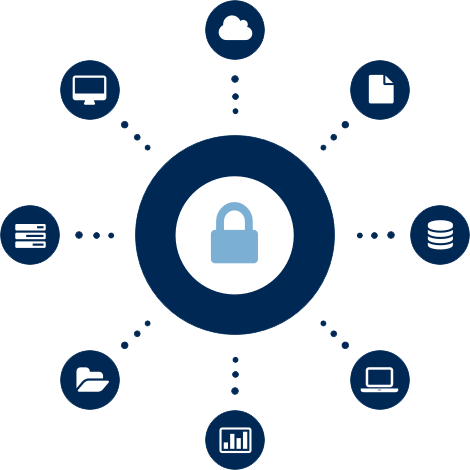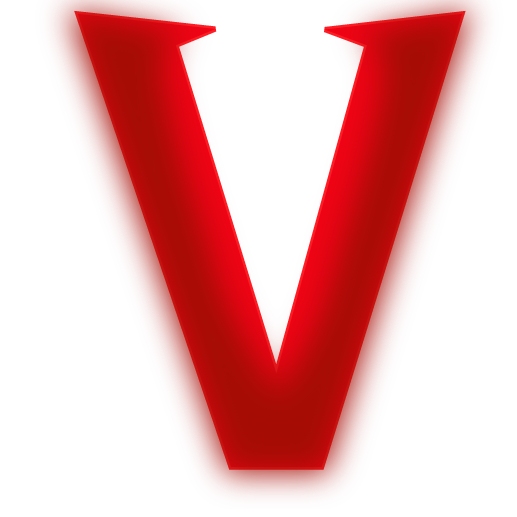Reduce the cost and effort of managing governance, risk, and compliance (GRC) while protecting system integrity, revenue streams and brand reputation.

GRC is the integrated collection of capabilities that enable an organization to reliably achieve objectives, address uncertainty and act with integrity. An IT GRC solution enables you to create and coordinate policies and controls and map them to regulatory and internal compliance requirements. These solutions, which are usually cloud-based, introduce automation for many processes, which increases efficiency and reduces complexity.
In the IT environment, GRC has three main components:
- Governance: Ensuring that organizational activities, like managing IT operations, are aligned in a way that supports the organization’s business goals.
- Risk: Making sure that any risk (or opportunity) associated with organizational activities is identified and addressed in a way that supports the organization’s business goals. In the IT context, this means having a comprehensive IT risk management process that rolls into an organization’s enterprise risk management function.
- Compliance: Making sure that organizational activities are operated in a way that meets the laws and regulations impacting those systems. In the IT context, this means making sure that IT systems, and the data contained in those systems, are used and secured properly.
When GRC is done right, the benefits accrue. Organizations that integrate GRC processes and technology across all or many silos have:
- Reduced costs
- Reduced duplication of activities
- Reduced impact on operations
- Achieved greater information quality
- Achieved greater ability to gather information quickly and efficiently
- Achieved greater ability to repeat processes in a consistent manner
GRC can be implemented by any organization – public or private, large or small – that wants to align its IT activities to its business goals, manage risk effectively and stay on top of compliance.






